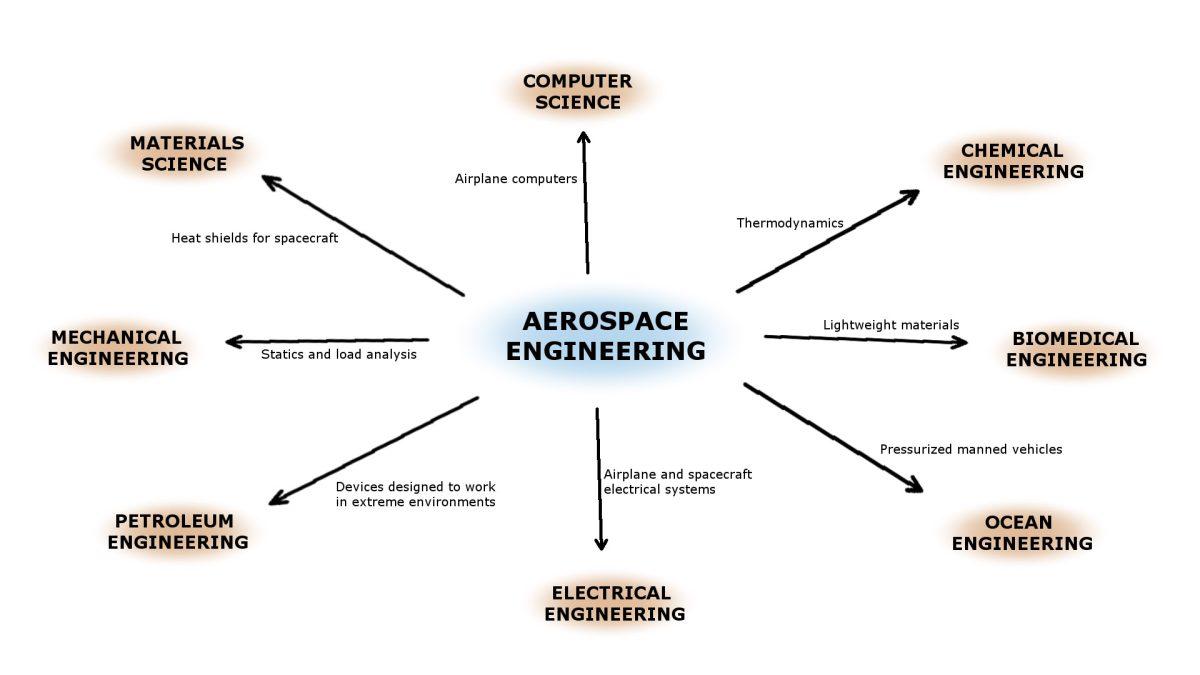Of Texas A&M’s 14 engineering departments, aerospace engineering stands out from the rest as the only one that is aligned with an industry rather than a broad field of study.
According to the aerospace engineering degree plan, aerospace engineers currently have three options — planes, rockets and spacecraft — for their senior design course, and thus three specializations they can have in the field.
According to Kristi Shryock, associate head of the Department of Aerospace Engineering, these three options seem constricting, even though some students thought otherwise.
“What some of our graduates have found, really, unintentionally, is the fact that the strong aerospace foundation they get prepares them for challenges outside of the typical, traditional planes and rockets,” Shryock said.
According to Shryock, the foundational courses taught earlier in the degree plan, such as thermodynamics, have broad applications across many fields — chemical and mechanical engineers, for example, also take thermodynamics. And according to Shryock, even the more specialized courses could have applications in other areas of study.
“As we’re developing systems or materials that work in extreme environments in space that we would normally think about, those extreme environments could also be at the bottom of the ocean, which could be considered more of a traditional petroleum or an ocean engineering type application,” Shryock said.
Shryock, along with Edward White, associate head of the Department of Aerospace Engineering and Rodney Bowersox, head of the Department of Aerospace Engineering have been working on a long-term plan to change the aerospace department to be more like other departments.
According to the department website, the department recently got a $2 million National Science Foundation (NSF) grant to become the first aerospace engineering department in the Revolutionizing Engineering Departments (RED) program, which aims to expand the scopes of engineering departments across the country.
According to White, the program, especially at A&M, is still very much in its infancy.
“What we’re really trying to do is figure out where we are,” White said. “Why do people choose aerospace engineering, or the people might have had an interest in, but did not choose aerospace engineering, why did they do something else?”
To help answer these questions, White said they asked psychology professor Isaac Sabat to help conduct different surveys of the student body.
“The main part that I’m helping with is gathering data, looking at the engineering students and particularly the students in aerospace engineering and what drew them to the major, what they plan to do once they graduate, what the demographics of the major looks like currently,” Sabat said.
According to Sabat, the results of the surveys will become available later this year. However, he said that some preliminary results already reveal other problems.
“We just know, anecdotally and from just looking at basic statistics that the major could use improvements in terms of the diversity of the students, and the extent to which the students are able to complete the major in four years,” Sabat said.
Sabat mentioned various interventions, or changes to the department that could be implemented at various times. These interventions would focus more on the diversity of the department, but for now, Sabat said that there is no concrete timeline for anything — until the survey results come in and are analyzed, he can only speculate.








